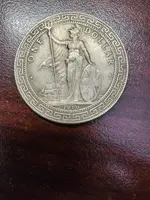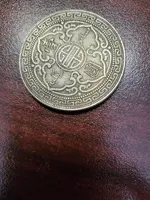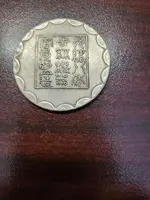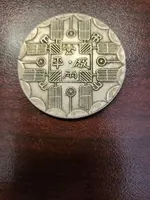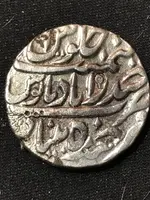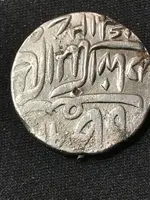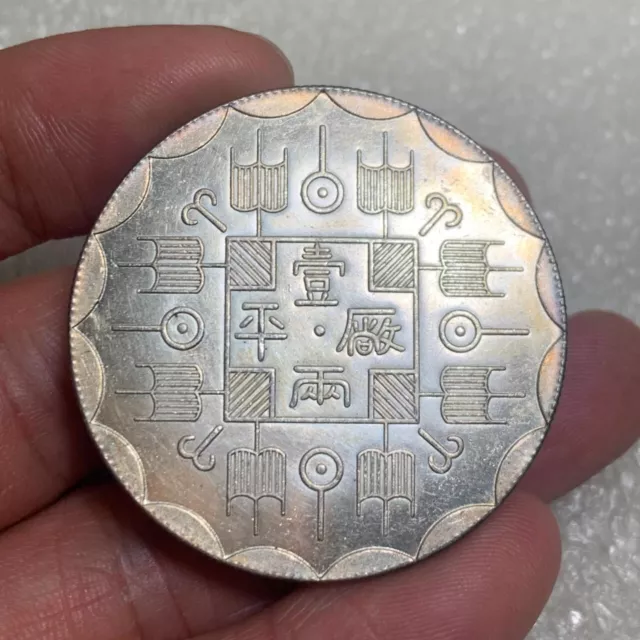We seem to have gone off the rails somewhat and I’m sure this isn’t what
@unclemac had in mind when he suggested ‘creating some buzz’ on the coin thread. Interesting that
@ToddsPoint mentions the purchase of fake coins from Temu. If only we knew where to get Temu 20% discount coupons, eh?
For me, collecting coins is all about the interesting backstories they often have rather than about their value. Here’s another with an interesting history.
Between around 1900-1930, cases of leprosy (Hansen’s disease) reached an all-time high in Colombia and a number of other countries. The Colombian government was greatly concerned and established three leper colonies, at Agua de Dios, Caño de Loro, and Contratación both to treat those afflicted and also to isolate them in the interests of reducing further spread of the disease. The colonies consisted of sanatoriums, usually surrounding a hospital named after the patron saint of lepers, Saint Lazarus, and called “Lazaretos”.
As a further precaution, the government began producing a distinct currency for use in these colonies to prevent transmission of the infection, which also served to reassure local populaces that standard coins would not have been handled by lepers. It was strictly forbidden for these distinct coins to circulate outside the colonies. There were four series of these coins, the first series being produced from March 1901 in denominations of 2 ½, 5, 10, 20, and 50 centavos. The final series was discontinued in 1930. Mine is from the third series, first issued in 1918 in denominations of 1,2, and 5 centavos, followed by 10 and 50 centavos in 1919:
View attachment 2184370
View attachment 2184371
The Colombian President Rafael Reyes went as far as ordering the incineration of all paper money in circulation and replacement with freshly-printed notes as a control measure to prevent the disease spreading. Leprosy was not well understood in these times but in fact it’s one of the least contagious of all communicable diseases (especially the less severe form known as “dry leprosy”). You can’t catch it from casual contact or from items that have been handled by lepers and it usually takes several months of very close contact with an untreated sufferer to create a risk of transmission.
Remember the scene with Steve McQueen as the escaped prisoner in the movie “Papillon” accepting the cigar from a leper in a colony in French Guiana when he’s trying to get a boat and supplies?:







